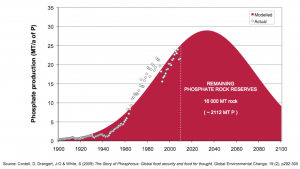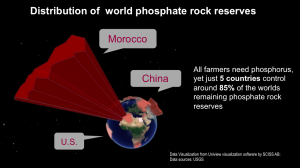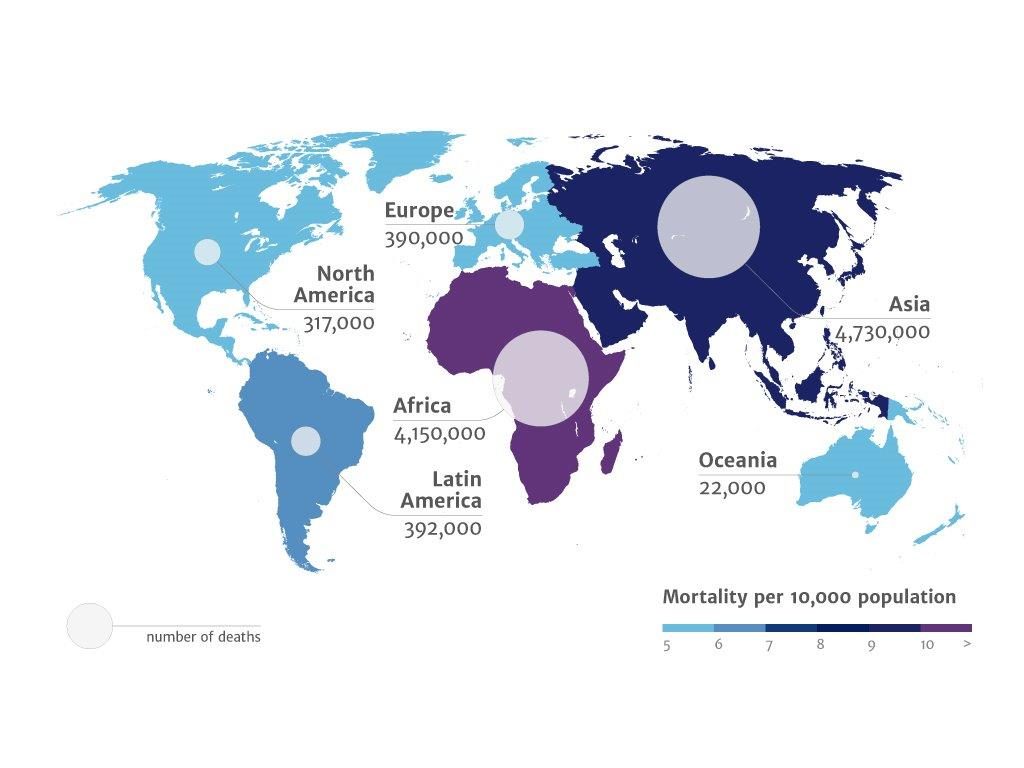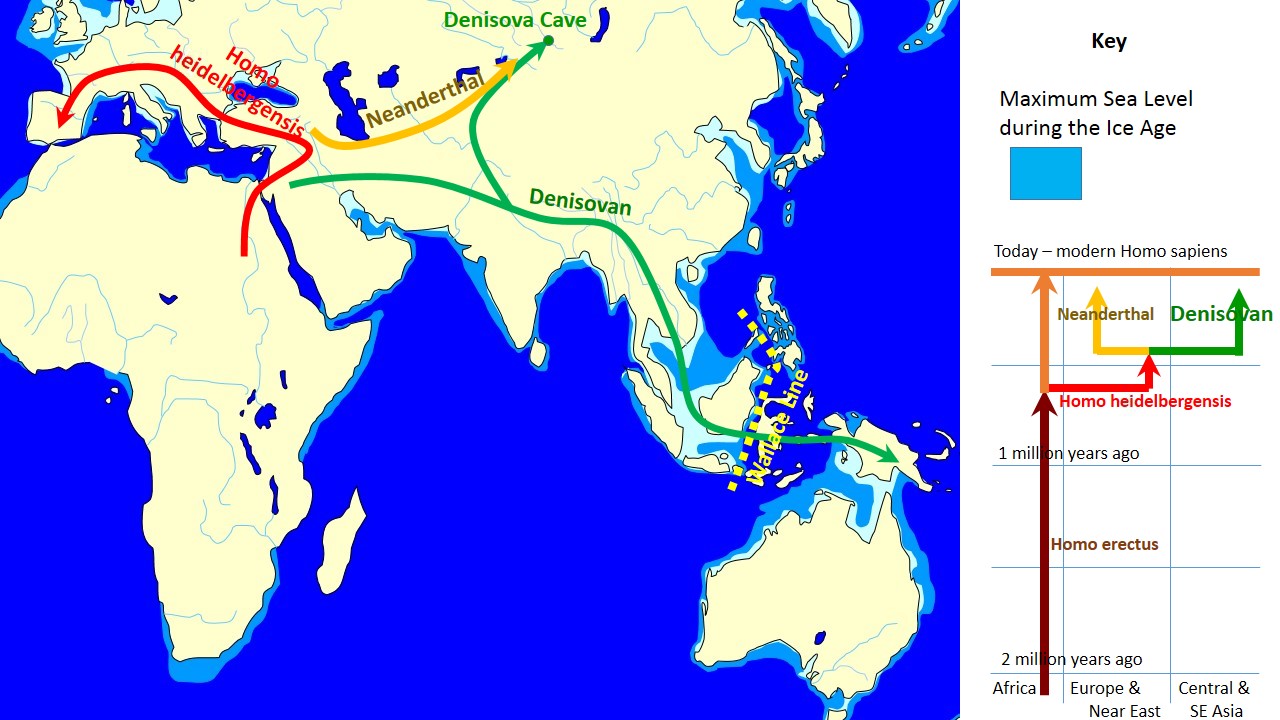RUBS: The Interesection of Music and Materials Science.
Most people would never envision a direct connection between current scientific knowledge and modern performing arts. Developed in 2017 by researchers at University of British Columbia and University fo Michigan, the Responsive User Body Suit (RUBS) shows the influence modern materials science in contemporary performing arts.
RUBS suit, 2017 prototype — used with permission of Dr. Bob Prtichard.
Dr. Bob Pritchard (UBC) and Kara Bhumber (U of Michigan), developed the RUBS using fabrics electrically conductive fabrics. These fabrics allow dancers to choreograph movement that can be converted into audio-visual outputs during live performances. Polymers are used to coat the material that yield the electrically conductive and resistive properties of the body suit. These polymer coatings allow the suit to act as a potentiometer, an electronic device that is used to vary resistance in a circuit.
An electric circuit is completed when the dancer’s hands make contact with the body suit, sending an electronic signal that can be processed by an external computer. When the dancer moves his or her hands on the suit, the dancer can change the generated audio-visual output sensed by the audience by altering detected current processed by the computer.
Polymers, such as polyaniline and polypyrrole, have been developed into coatings commercially available “smart textiles.” Conductive polymers are usually organic molecules that allow for easy electron flow. Reactions are used to change the electronic structure of the molecules, allowing for scientists to engineer specific conductive properties in these coatings.
Outside of RUBS, conductive-polymer coated fabrics are used in chemical sensing systems. These fabrics are used in a wide range of applications due to low operational power and cost requirements . New personal health-care and athletic equipment often use conductive fabrics in developing increasingly light and powerful monitoring equipment.

Silver-nanofibre conductive fabric. Source: LessEMF , used with permission.
Current research challenges in the design of the RUBS include the design of a polymer coating that optimizes the electrical resistance of the conductive fabric, so that the signal current does not overload the computer processors. Additional research include the development of metal nano-fibres that can be woven into material with specific conductive properties.
— Aydan Con






